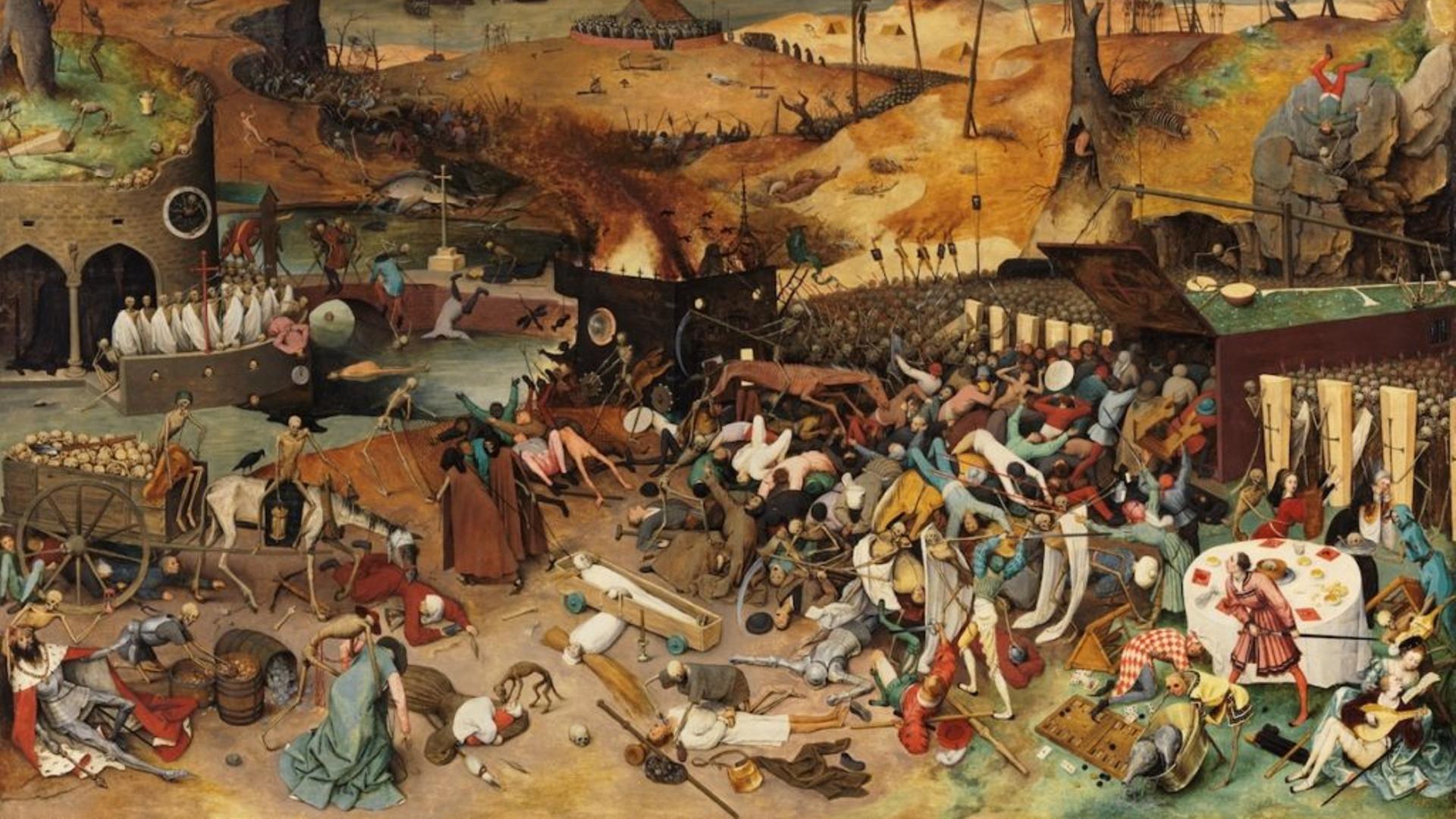Nukhet Varlik studied the impact of the Black Death also known as the plague on early Ottoman society.
While a lot is known about the plague in Europe and the impact it had on society, economy and politics, Varlik is one of the leading experts on how the Black Death impacted the Ottoman world.
Varlik is an associate professor at the Department of History Rutgers University, Newark and when TRT World spoke with her, she was under self-quarantine for showing symptoms of the coronavirus.
How did the plague change the Ottoman state, politically and socially?
First of all, let me note that there were recurrent outbreaks of plague throughout Ottoman history and beyond, starting with the Black Death pandemic in 1347 and lasting all the way until 1947 in modern Turkey — 600 years in total. Hence, this series of plagues clearly had a profound impact on the Ottoman state, especially in the area of public health.
Starting in the early 16th century, we see that the Ottoman central administration started to develop new regulations for the burial of plague victims in Istanbul and other cities, as the plague deaths surged.
They established new communal cemeteries outside the city walls, kept records of daily death tolls, and provided services for the funeral industry.
In addition, they tried to keep the streets clean (removing waste) and paved, and to remove businesses such as tanneries or slaughterhouses outside the city walls, because they were believed to contaminate the air.
The state also offered tax relief to individuals and communities affected by the plague and promoted the development of health services. These institutions and practices that developed in the 16th century continued in one form or another through the modernisation period in the 19th century.
Were there ever mosque closures or was jummah (Friday prayer) halted?
I don’t remember coming across a reference to this phenomenon in the sources. On the contrary, we see examples of communal prayers organised for the lifting of the plague.
One well-known example comes from the reign of Mehmed III (r. 1595–1603), where state dignitaries, men of religion, members of Sufi groups, and people of Istanbul gathered in Okmeydani to pray for the lifting of the plague; animals were sacrificed and distributed to the needy as alms; prisoners were let free in the hope that God would accept and respond to prayers.
This is the exact opposite of our current understanding of social distancing, right? But why did they do this? Well, this is because modern bacteriology and the idea that infectious diseases were caused by invisible germs did not develop until the late 19th century, that is toward the end of the empire’s history.
Before that time, the dominant disease theory attributed the cause of epidemic diseases to miasma, that is, to foul odours that were believed to contaminate the air and make people sick.
Even though the idea of contagion (that disease could be transmitted from one person to another, directly or indirectly) was known and embraced by some, this did not motivate people to practice social distancing but instead led them to leave cities for places with clean and healthy air (but this was mostly limited to the elite).
What did Ottoman society think about the plague and how did they adapt?
The way Ottoman society thought about plague changed over time. Generally speaking in the first centuries of Ottoman history, the plague was understood to be a divine decree, a portent of the apocalypse, and a result of social and moral transgression.
Starting in the late 16th century, the plague was no longer seen as an uncontrollable apocalyptic phenomenon.
Instead, it came to be seen as a disease resulting from natural causes (e.g., unhealthy cities), and something that can be controlled by the state.
Since outbreaks of plague continued in the Ottoman Empire during six centuries, the population became more familiar with this disease as a recurrent, almost seasonal problem, and sought ways to protect themselves from it, using medicine, prayers, talismans, and other methods.
In the 19th century, the Ottoman state established quarantine stations for the purpose of controlling and disinfecting individuals and goods that entered its borders.
How would you compare the social, and even political, reaction today to the coronavirus with that of people in the Ottoman state when faced by the plague?
There is a good deal of parallels in terms of social psychology, but the plague was a recurrent problem in the Ottoman Empire and people were familiar with its signs, symptoms, and its behaviour (when the outbreaks would start, how long they would last, how many would die, etc.).
What we are facing now is unprecedented in many ways, so it requires an extraordinary response.
Let’s remember that no one in the world is immune to Covid-19 and it has already spread exceptionally rapidly. As a result, there is, of course, widespread fear and anxiety. But for some people this means denial; they will deny the imminent threat no matter what and will resist complying to precautions.
We don’t have this luxury right now because we all have a responsibility to help slow down the spread of the virus. This is not only something that depends only on the state’s authority or the medical establishment, but individuals should also stay home and practice social distancing.
Geçmiş Olsun ve ellerine sağlık (Get well soon and health to your hands).










Discussion about this post